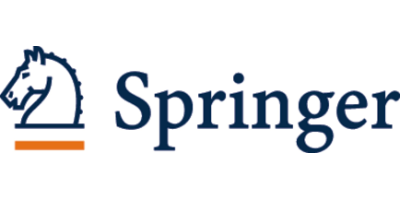

Springer-Verlag GmbH
- Home
- Companies
- Springer-Verlag GmbH
- Articles
- Airborne Ascomycotina on the island of ...
Airborne Ascomycotina on the island of Crete: Seasonal patternsbased on an 8-year volumetric survey
Apr. 30, 2005- By: M. Gonianakis, I. Neonakis, E. Darivianaki, I. Gonianakis, D. Bouros, K. Kontou-Fili
Courtesy ofSpringer-Verlag GmbH
An 8-year study was conducted on the island of Crete in order to identify airborne ascospores and to determine their seasonal pattern. A Burkard 7-day, volumetric spore-trap was continuously operated in the city of Irakleion – located in the center of the island – from 1994 through 2001. Relatively „high” ascospore counts (20 – 48 spores/m 3) were obtained from mid-spring through summer, while the rest of the year exhibited lower activity (8–16 spores/m3). The predominant ascospores identified were those of Leptosphaeria and Chaetomium; their concentrations varied from 1 or 2 spores up to a few dozens of spores/m3. Other spores encountered sporadically were: Ascobolus, Endophragmiella, Didymella, Diatrypaceae, Leptosphaerulina, Massaria, Pleospora, Sporormiella, Xylaria. The mean daily concentration of all identified ascospores was 30/m3 for the entire study period, corresponding to 13.9% of the total fungal load. Ascospores have been recognized as important inhalant allergens and have been implicated as contributing to symptoms of both rhinitis and asthma.
Most popular related searches
